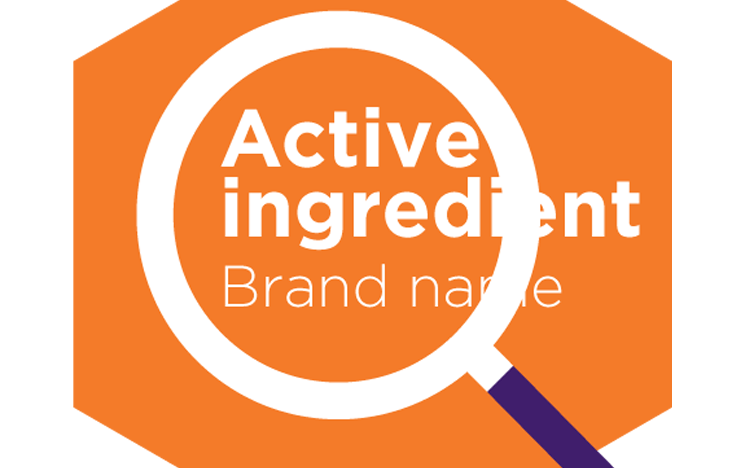A drug company can ask for a patent when it makes a new active ingredient. This means that for a length of time, no one else can make that ingredient, or sell a product that has the same ingredient.
Some people call this first medicine to come onto the market the originator brand.
After a certain time has passed, others can start making their own versions of the active ingredient. Some people call these generic brand medicines. The active ingredient is the same, but the newer versions have new brand names.
Due to rules around the patent, generic brands may not look the same as the originator brand. The pack, and sometimes the form itself (such as the pill, tablet, capsule), may not look the same.
What difference will using a generic medicine make?
The government approves all medicines sold in Australia through the Therapeutic Goods Administration (TGA). The TGA checks generic brands against originator brands and makes sure they:
- meet the same strict standards of quality, are safe and helpful
- have proof it will work in the body in the same way as the original medicine (this is called being bioequivalent).
For most originator and generic medicines, the helpful and not helpful effects will be the same. This is because all versions have the same active ingredient.
For you, the main difference between the originator and a generic is likely to be cost. Generic brands cost less to make, and that means they tend to cost less to buy.
Your doctor may choose to give you a certain brand. If not, you can choose the brand you want to use.
Be medicinewise by talking about your choices with your doctor or pharmacist. Having one doctor or pharmacist you see often might help you feel more relaxed when having these talks.

